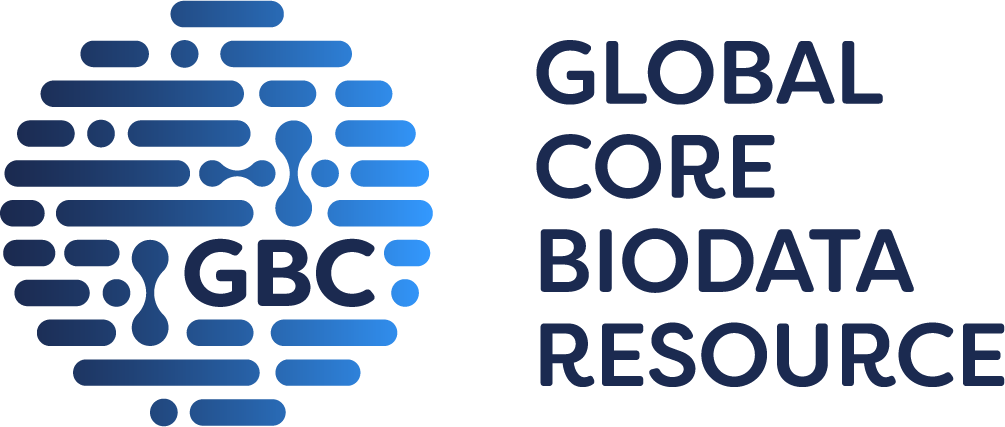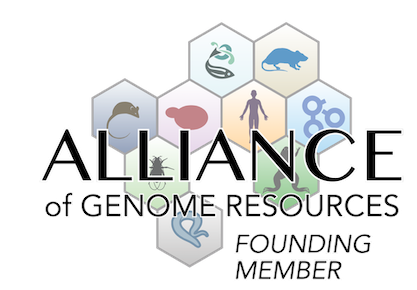mortality/aging
|
• embryos obtained from F3 or F4 intercrosses die between E9.5 and E10.5
|
cardiovascular system
|
• in the trunk, E9.5 mutants lack sprouting vessels from the dorsal aorta or umbilical vein in parietal mesoderm
• in the head region, E9.5 mutants display a disoriented posterior branch of primary head vein and reduced numbers of blood cells in the dorsal aorta
• ectopic blood cells are detected in the hindgut diverticulum and coelomic cavity
|
|
• in the trunk, E9.5 mutant embryos show reduced endothelial cells in the omphalomesenteric artery and dorsal aorta
|
|
• organ culture of para-aortic splanchnopleural mesoderm (P-Sp) with stromal cells indicates defects in both vasculogenesis and angiogenesis
(J:53370)
• addition of VEGF to mutant cultures partially rescues these defects
(J:53370)
|
|
• at E9.5, homozygotes show gross vascular branching defects in the head and trunk, including the para-aortic splanchnopleural region: both large vessels and smaller vascular branches are absent
|
|
• at E9.5, homozygotes lack an organized vascular network
|
|
• at E9.5, mutant yolk sacs exhibit a significant reduction in vitelline vessels
|
embryo
|
• homozygotes become growth arrested at E8.75-E9.0
|
|
• at E9.5, homozygous embryos are smaller than wild-type embryos
|
|
• at E9.5, homozygous embryos display an open neural tube
|
|
• at E9.5, mutant yolk sacs exhibit a significant reduction in vitelline vessels
|
pale yolk sac
(
J:54568
)
|
• at E9.5, homozygotes display a pale yolk sac
|
hematopoietic system
|
• at E9.5, homozygotes exhibit marked anemia and fail to survive beyond the stage of primitive hematopoiesis
|
|
• at E9.5, mutant yolk sacs exhibit 22% and 69%, respectively, of erythroid and granulocyte-macrophage colony-forming capacity relative to wild-type counterparts
• at E9.5, the total number of nucleated erythroid cells present in mutant yolk sacs is reduced to 20% of wild-type
|
nervous system
|
• at E9.5, homozygous embryos display an open neural tube
|
growth/size/body
|
• at E9.5, homozygous embryos are smaller than wild-type embryos
|
integument



 Analysis Tools
Analysis Tools